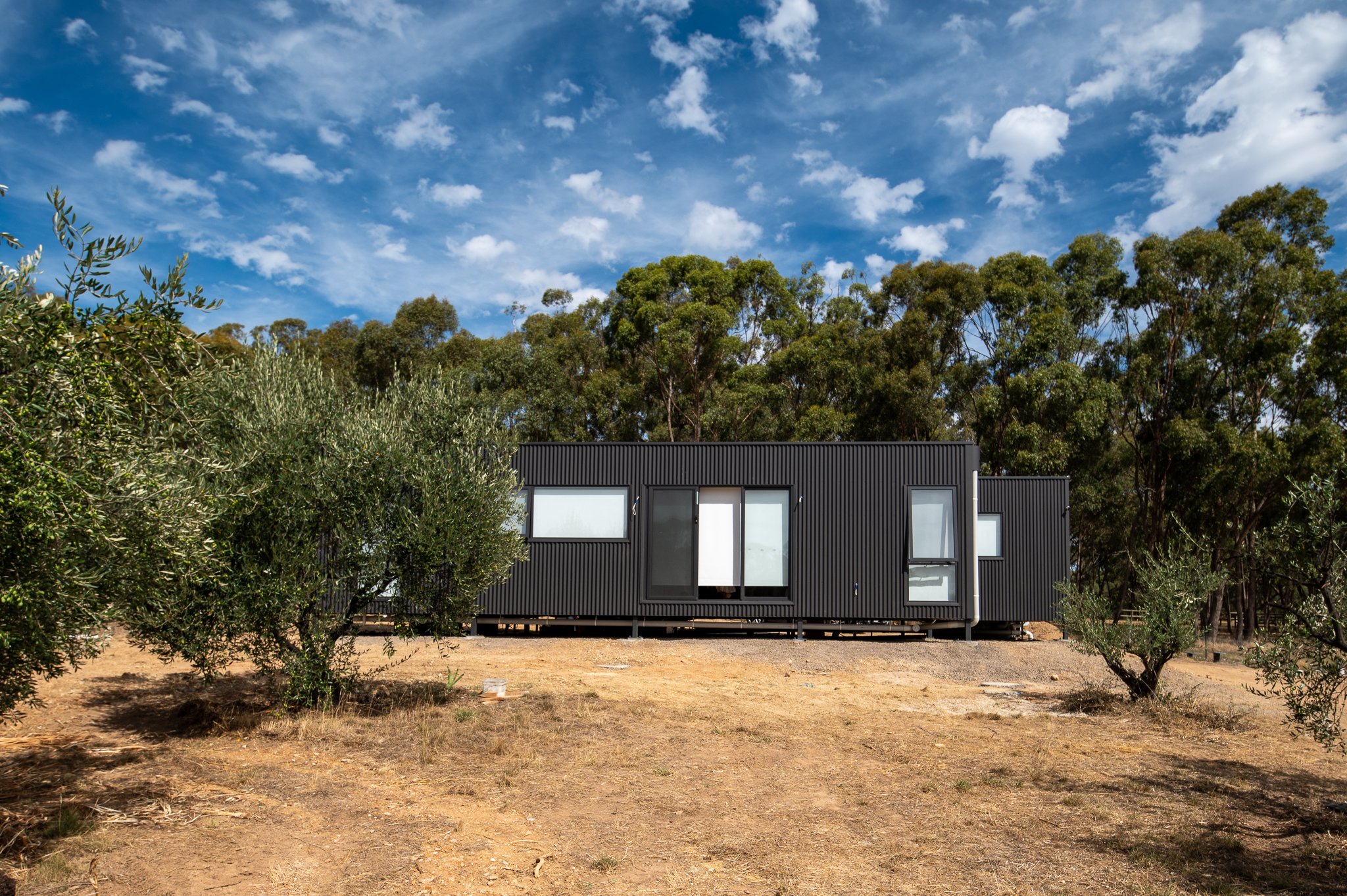Breaking down rules and regulations for second homes in Victoria
With more and more people seeking to maximise their property’s potential, building a secondary dwelling has become a popular option. If you’ve decided that adding a second dwelling to your property is the right move, it’s time to get familiar with the necessary legal requirements and planning permissions. Read on to learn the ins and outs of small second dwelling rules in Victoria.
What is considered a secondary dwelling?
In Victoria, a secondary dwelling, also called a granny flat or an accessory dwelling unit, is a small, self-contained home built on the same lot as an existing primary residence. Tiny homes can be small second dwellings if they meet planning and building requirements and any local council laws.
Secondary dwellings include essential amenities such as a kitchen, bathroom, and toilet. These small second homes provide flexible living arrangements, allowing anyone, including family members or unrelated tenants, to live in or rent out the space.
How big can a second dwelling be?
A small second dwelling in Victoria can have a maximum floor area of 60 square metres, measured from the outside of external walls or the centre of party walls. This size limit ensures that secondary dwellings fit harmoniously within residential areas, offering families and property owners an opportunity to expand their living options without altering the neighbourhood's character. With 60 square metres, you could comfortably accommodate one or two bedrooms, making it ideal for small families, guests or tenants.
Can you build a second home on your property in Victoria?
Most people can build a second home on their property in Victoria, provided that they meet government regulations. You may not be able to build a secondary dwelling on your property under certain circumstances:
Zoning restrictions: If your property is located in a zone where secondary dwellings are explicitly prohibited or if the zoning regulations do not permit additional dwellings.
Environmental constraints: New developments may be restricted in properties located in environmentally sensitive areas, such as flood-prone zones or areas with significant vegetation or wildlife habitats.
Heritage overlays: Properties subject to heritage overlays may have restrictions on new constructions to preserve the historical or architectural significance of the area.
Planning and building regulations: Failure to comply with specific planning and building regulations, such as height restrictions, parking requirements or neighbourhood character guidelines, could prevent the approval of a secondary dwelling.
What are the small second dwelling building regulations?
Under Victoria’s second dwelling rules, you can’t subdivide a small second dwelling from the main dwelling or sell it separately. Additionally, Victoria's Building Amendment (Small Second Dwellings) Regulations 2023 introduced new rules for building a second dwelling on your property. These regulations require small second dwellings to be set behind the main dwelling's front wall facing the street, ensuring visual harmony. They also mandate the provision of private open space and a clear path from the street to the dwelling for accessibility.
How to get second dwelling approvals
1. Research local planning regulations: Begin by researching the planning regulations specific to your local council area in Victoria. Check zoning ordinances and planning schemes to understand where secondary dwellings are permitted and any specific requirements or restrictions that apply.
2. Consult with your local council: Schedule a consultation with your local council's planning department early in the planning process. Discuss your intention to build a second dwelling and seek guidance on compliance with local regulations.
3. Prepare detailed plans and documentation: Choose a builder and develop detailed architectural plans and documentation for your proposed second dwelling. Include floor plans, elevations, site plans showing setbacks and access paths, and any other required technical drawings.
4. Submit planning application (if required): Under Victoria’s new rules, you no longer need a planning permit for most secondary dwellings, but this depends on the size and location of your property. If needed, prepare and submit your application along with the required documentation, such as site plans, a planning report addressing neighbourhood impact, and any specialist reports as specified by the council.
5. Obtain a building permit: Apply for a building permit from your local council. The building permit process ensures that your second dwelling complies with building codes, safety standards and design requirements. Submit detailed construction plans, engineering specifications and other required documentation.
6. Address council feedback and conditions: Throughout the approval process, be prepared to address any feedback or conditions imposed by the council. This may include modifications to your plans, addressing environmental concerns, or ensuring compliance with heritage requirements if applicable.
7. Commence the building process: Once all approvals and permits are obtained, you can commence the construction process or get your modular home installed. Ensure construction activities adhere to approved plans and timelines specified in your permits.
How often do councils reject secondary dwellings?
Council rejection rates for secondary dwellings in Victoria vary, but recent regulatory changes have streamlined the approval process, making it more straightforward to meet requirements and obtain approval for such developments. It's beneficial for applicants to engage early with their local council to ensure compliance with regulations and enhance the chances of a smooth approval process.
Build your dream modular second dwelling in Victoria
At Ironbark Cabins, our small instant modular homes make it easy to add a second dwelling to your property. You can design your own custom small home floor plan or choose one of our designs. If you want to work with quality secondary dwelling builders who will handle the entire delivery and installation process, contact Ironbark Cabins today.

